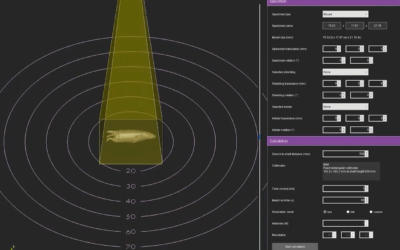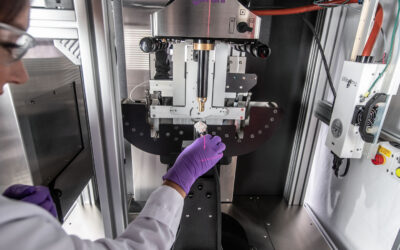The risk of recurrence following radiation therapy remains high for a significant number of prostate cancer patients. The development of in vitro isogenic models of radioresistance through exposure to fractionated radiation is an increasingly used approach to investigate the mechanisms of radioresistance in cancer cells and help guide improvements in radiotherapy standards. We treated 22Rv1 prostate cancer cells with fractionated 2 Gy radiation to a cumulative total dose of 60 Gy. This process selected for 22Rv1-cells with increased clonogenic survival following subsequent radiation exposure but increased sensitivity to Docetaxel. This RR-22Rv1 cell line was enriched in S-phase cells, less susceptible to DNA damage, radiation-induced apoptosis and acquired enhanced migration potential, when compared to wild type and aged matched control 22Rv1 cells. The selection of radioresistant cancer cells during fractionated radiation therapy may have implications in the development and administration of future targeted therapy in conjunction with radiation therapy.
N. McDermott, A. Meunier, B. Mooney, G. Nortey, C. Hernandez, S. Hurley, N. Lynam-Lennon, S. H. Barsoom, K. J. Bowman, B. Marples, G. D. D. Jones & L. Marignol
Download Paper
Radiation Dose Calculation Software for Non-Image Guided Irradiators: Webinar
Accurate dosimetry and reporting is the best practice in radiation research. While systems like the Xstrahl CIX series have been established as both reproducible and accurate, determining the exact dose delivered to a subject can be difficult due to the interactions...






